In this month’s blog post on Photobooks, we look at how three photographers link landscape, psychology, and place in their work.
Read more about Photobooks in previous blogs:
- Laia Abril and Rafal Milach: Windows on the world of Misogyny
- Women and Photobooks: Unwriting History
- The Grid: Bringing Order, Comparison and Narrative to the Story
- Photobooks and the Archive
- Photobooks and the Unreliable Narrator
Awoiska Van Der Molen
Awoiska Van Der Molen’s book, Blanco is a modest affair. The modesty begins with a cloth cover stuck onto a thin card back, the book sections threaded, rather than bound, into place.
The austerity continues with the contents. There are only fourteen images in Blanco, but they tell a story of landscape, self, and the way in which the photographer immerses herself in the landscape.
Blanco begins with an image of a mountainside covered with what look like birch trees, the branches and leaves giving a softness, a warmth, an optimism to the image. This is an enveloping landscape, a place one can immerse oneself. But at the same time, there is something cloying about it, something suffocating.
It hints at entropy, at the anaroebic, at a brief feathery blossoming before things begin to suffocate and die. And then we’re into the next image, one of a dark grey sea set against a volcanic field of gravel and rock.
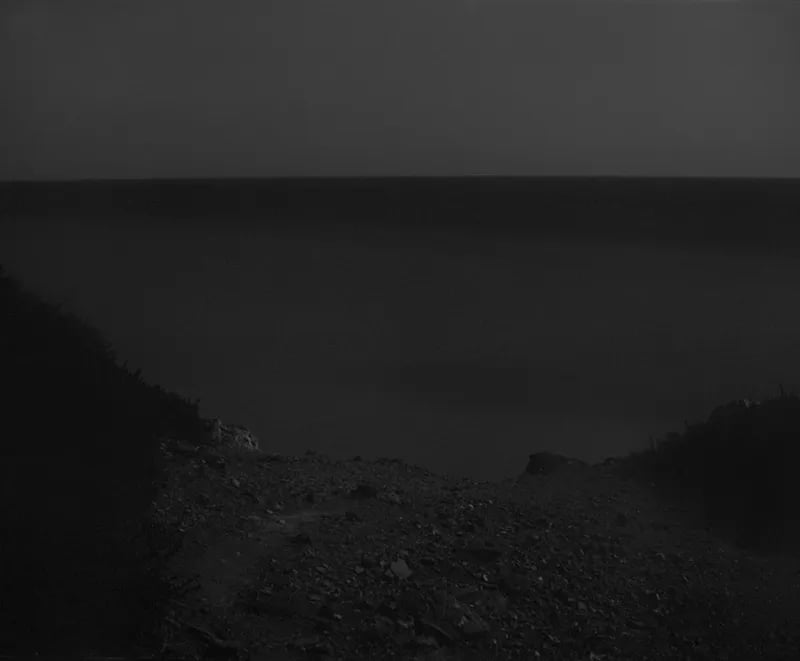
Awoiska Van Der Molen
These are landscapes that work on geological time, on fascial time, on arboreal time, and as such the human presence is an afterthought. But Van Der Molen immerses herself in these places, staying in them for weeks on end to attune herself to the nuances and tempers of the land, the sea, the light and the life.
Enhance your creative, critical, and professional skills in photography regardless of where you are in your career with an online, part-time Masters from Falmouth Flexible:
It’s this that you experience in the photographs, the ineffable nature of becoming one with land where we don’t know whether it’s dawn or dusk, night or day. So there’s a timelessness to go with that hostility to human ideas of what life is or should be. Van Der Molen’s landscapes are an invitation to ponder the insignificance of our place in the world. We are simply not that important.
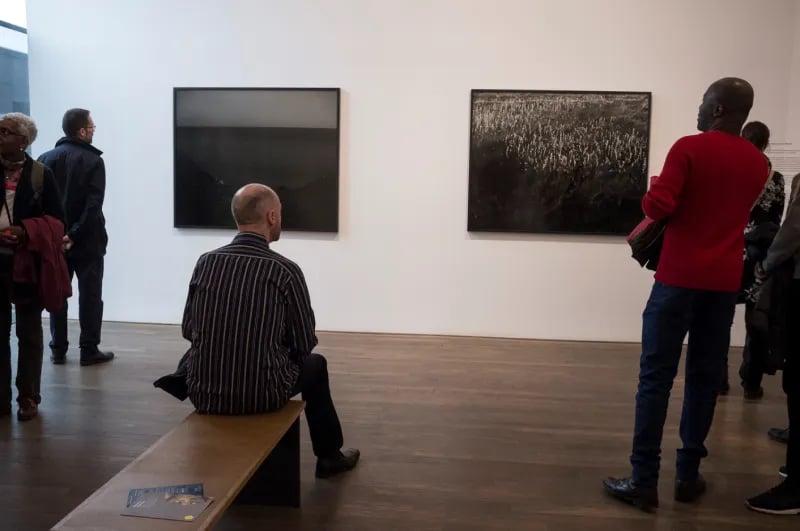
Awoiska Van Der Molen
Esther Vonplon
If Van Der Molen’s book is modest, then Esther Vonplon’s Gletscherfahrt is monumental. It’s set into a solid white case, and comes with a record upon which is inscribed the soundtrack that Vonplon recorded and commissioned to accompany her images.
The book shows glaciers in Switzerland enveloped in great white shrouds. These are placed over the ice during the summer months to hold back the melting. They don’t work.
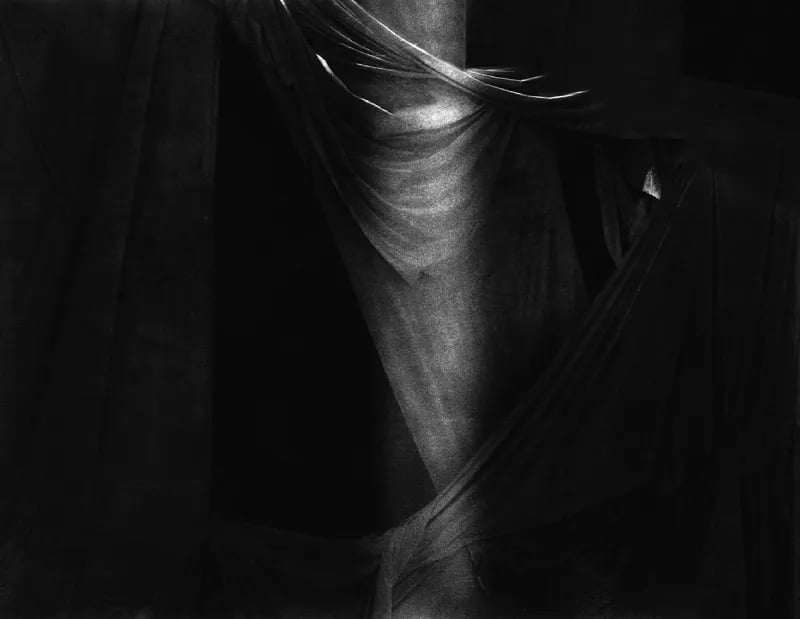
Esther Vonplon
In Glescherfahrt, Ester Vonplon photographs the glaciers and the sheets in a way that echoes the themes that Van Der Molen works with in Blanco. These are pictures that also speak of mortality, and death, that are theatrical in nature, the theatre in question being an operating theatre, followed in short order by the morgue; these blocks of ice covered in white sheets are photographed to look like bodies sewn up, like corpses held together with giant stitches after their insides have been ripped out.

Esther Vonplon
There is also a sense of immersion that comes through Vonplon having been brought up in this landscape, having the identity of the place imprinted on her throughout her life.
It also comes through a literal immersion in the glacier, an immersion in which she walked in the caves and crevasses of the glacier to take in the immenseness of it all, to photograph, but also to record the creaks and cracks of the glacier as it shifted down the mountainside, and the dripping and babbling of rivulets that formed as it slowly melted under a warming sun.
Here geological and climactic time are at play, but also Anthropocene time. The death that is ever present in her images of sewn up shrouds isn’t just the death of the glacier, it is also our death.
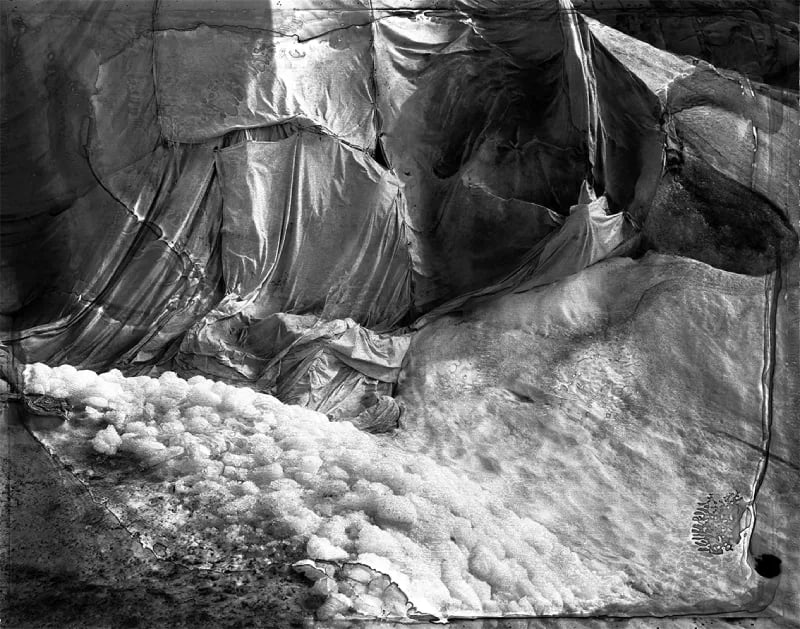
Esther Vonplon
Jesse Alexander
The Silent Land by Falmouth Flexible MA Photography Course Leader, Jesse Alexander, features a psychological immersion in the landscape, this time in a wood near Alexander’s Somerset home.
It’s a wood that has been part of Alexander’s life, a place he has visited since he was a child, a wooded area ideal for weekend walks where the rustle of the leaves and the smell of the forest floor could wash away the stresses of everyday life.
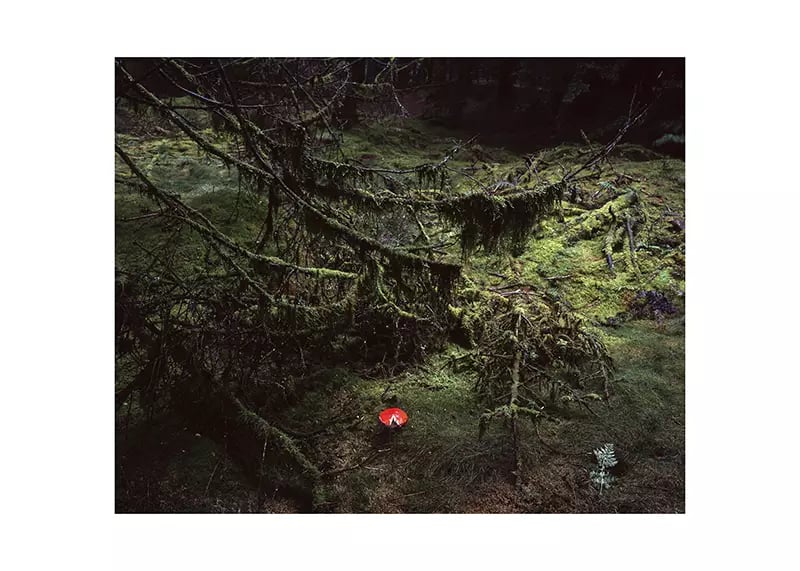
Jesse Alexander
It was a perfect wood, one of Harts Tongue Ferns and Fly Agaric, a place where badgers and foxes roamed. Then in 2016, everything changed. A local man committed suicide there, hanging himself from a tree deep in the wood’s interior. It was an event that affected Alexander deeply. A place that had once been a comfort now became a place of darkness.
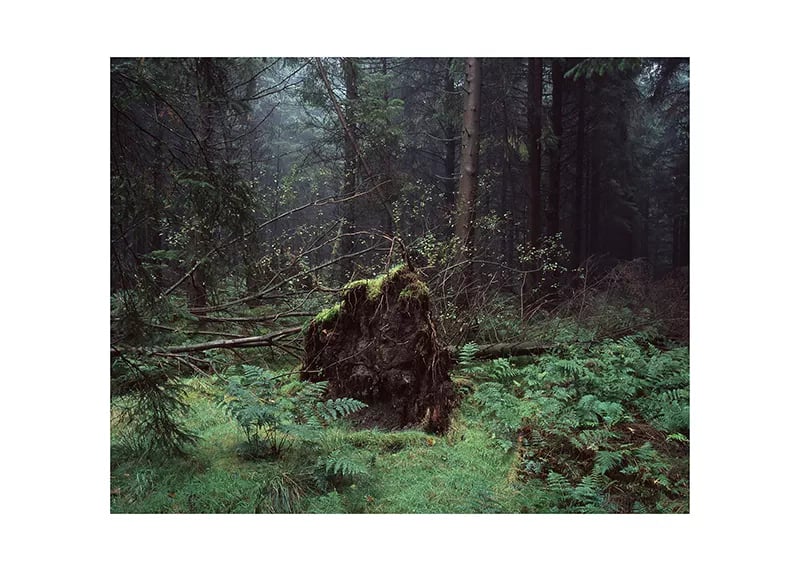
Jesse Alexander
The Silent Land is an attempt to visualise the influence this man’s death had on both Alexander and the woods, it’s an attempt to resolve the paradox (that both Van Der Molen and Vonplon reference) that ‘natural spaces’ both provide life and have healing qualities but are ‘…frequently the destination of choice for those seeking to end their lives’.
Looking to start a photography degree? Be as prepared as possible with this advice from current students:
The land gives and the land takes away is how Alexander sees it, and it’s a view that links into the immersive practices of Van Der Molen and Vonplon. The forest Alexander photographs is place that has impacts that are felt at physical and psychology levels.
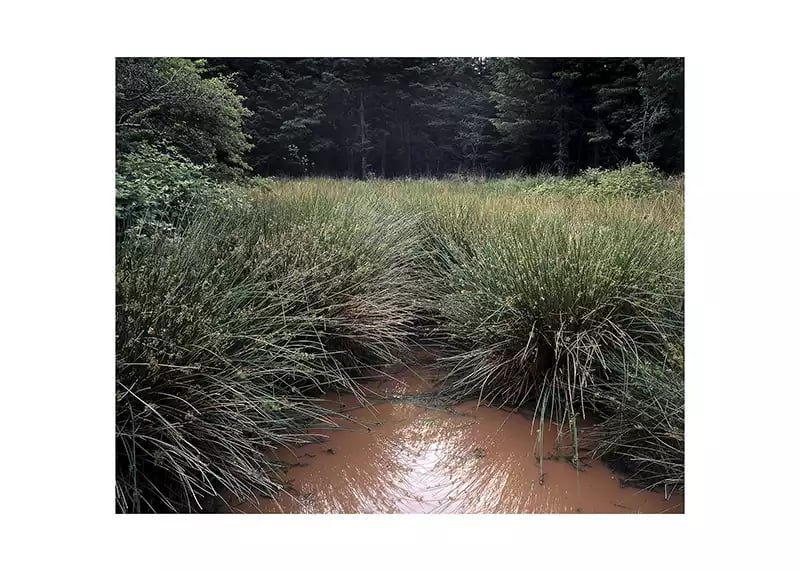
Jesse Alexander
Trees give off aromatic compounds called phytoncides that enhance the immune system and kill off cancer cells’, an accompanying text reads, but they are also (as writer Jackie Bowring states) places of melancholy and death. You go into the forest and you go through a ritual, a quest, an encounter. ‘The trees do not pass judgment on all that has come to pass,’ writes Bowring.
And that is the story that emerges from all the artists featured today. They work in landscapes which we do not dominate. There is no God’s Eye view because we are not above the landscape. Instead we are part of it, subservient to it. The land will always be there. We might not.
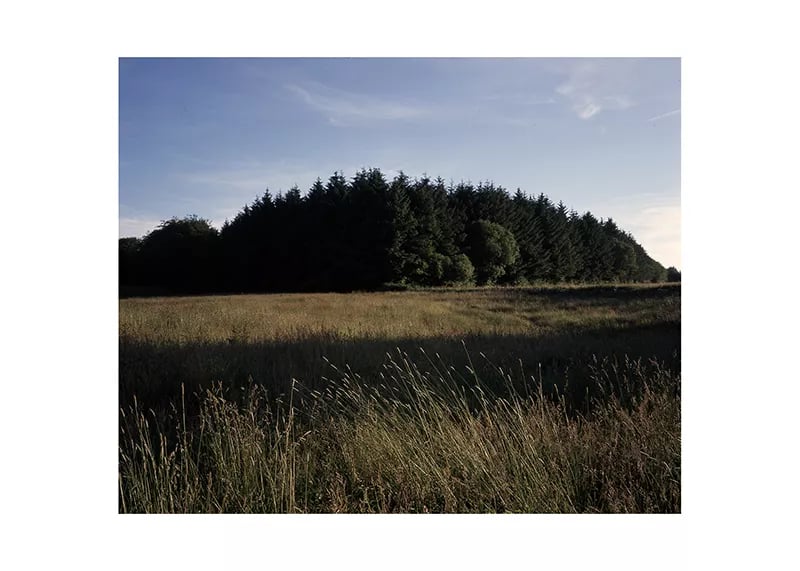
Jesse Alexander
 Colin Pantall is a photographer, writer and lecturer and teaches on the MA Photography programme at Falmouth University.
Colin Pantall is a photographer, writer and lecturer and teaches on the MA Photography programme at Falmouth University.
.webp)






